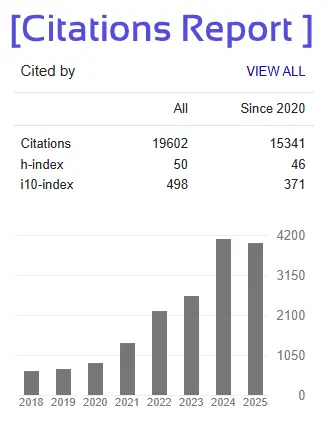Fire Behavior and Safety Assessment of Transformer Oils and Alternative Insulating Fluids: A Review of Cone Calorimeter and Pool Fire Studies
Abhishek Tripathi1, Anurag Kumar Singh2, Adarsh Sharma3, Swapnil4, Vijay Tiwari5, Lakshmipriya Murukan6, N. Aravindan7
1B. Tech Student, Department of Fire Engineering, National Fire Service College, Nagpur, India
2B. Tech Student, Department of Fire Engineering, National Fire Service College, Nagpur, India
3B. Tech Student, Department of Fire Engineering, National Fire Service College, Nagpur, India
4B. Tech Student, Department of Fire Engineering, National Fire Service College, Nagpur, India
5B. Tech Student, Department of Fire Engineering, National Fire Service College, Nagpur, India
6B. Tech Student, Department of Fire Engineering, National Fire Service College, Nagpur, India
7Assistant Professor, Department of Fire Engineering, National Fire Service College, Nagpur, India
Abstract - With modern experimental techniques, fire safety research is becoming increasingly interested in determining the flammability and combustion characteristics of vital industrial materials. One such technique is the cone calorimeter, which is one of the most commonly used devices when it comes to quantitative evaluation of fire behaviour by providing accurate measurements of the radiant heat exposure conditions it applies. This review compiles results from several studies on combustion characteristics of transformer mineral oil, an important dielectric fluid used in electrical equipment, since it may pose a fire hazard in case of faults or overheating. Important fire parameters such as heat release rate, mass loss rate, peak heat release rate, and total heat release have been analysed, as these are important for interpreting fire development, spreading probability, and energy output. By comparing results from different studies, this paper indicates the common trends and the variations in experimental outcomes regarding the effect of oil composition and testing conditions on fire behaviour. The discussion will also draw attention to the importance of these combustion properties in risk assessment, material safety evaluation, and designing safer alternatives or prevention measures within industrial applications.
Key Words: Cone calorimeter, mineral transformer oil, radiant heat, dielectric, thermal characteristics







